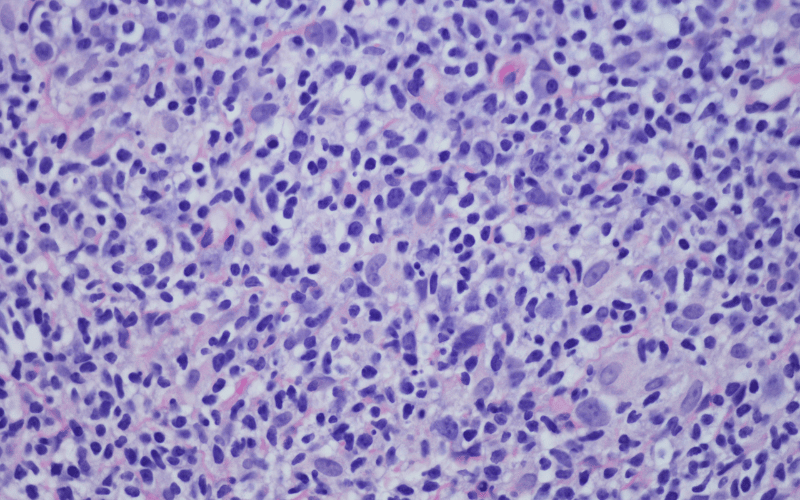Introduction: Recognizing the Symptoms of MZL

There’s no denying the impact that knowledge and awareness can have when dealing with health conditions. The power of recognition, understanding, and early detection often makes the difference in how we address potential health challenges. Marginal Zone B-Cell Lymphoma (MZL) is a distinct type within the broader family of non-Hodgkin lymphomas. Though it’s a mouthful of medical terminology, understanding its symptoms can be life-saving.
MZL is somewhat of an enigma in the world of oncology. While it may not be as commonly discussed as other types of cancers, its distinct characteristics and symptoms require special attention. Its subtle manifestations may easily be mistaken for everyday ailments, making it all the more crucial for individuals to be attuned to the changes in their bodies.
For most of us, a minor ache or a fleeting pain doesn’t ring alarm bells. And rightly so, because not every symptom indicates a severe health condition. However, the challenge lies in distinguishing between an ordinary symptom and one that could be indicative of MZL. It’s akin to deciphering a puzzle, where each piece has its significance, and when put together, paints a clearer picture.
With MZL, the symptoms are varied, and understanding each one in depth is essential. Each symptom offers a clue, a hint towards the bigger picture. Armed with this knowledge, one can be proactive, seeking timely medical advice and intervention if needed.
Symptom 1: Enlarged Lymph Nodes

Lymph nodes are a vital part of our immune system. They act like small filtering stations, capturing harmful invaders like viruses and bacteria. Typically, these nodes are bean-sized and can be difficult to detect unless they swell. When they enlarge, especially in prominent areas like the neck, armpits, or groin, it becomes more noticeable.
Sometimes, common infections can cause these nodes to swell. But what’s concerning is when the swelling remains persistent without any obvious reason, such as a cold or an infection. This lingering enlargement might be an indication of Marginal Zone B-Cell Lymphoma (MZL).
Moreover, the swollen nodes due to MZL are generally painless, which can further make them easy to overlook. They may feel rubbery to touch and can grow in size over time. While it’s not exclusive to MZL, such a symptom should never be ignored.
Taking a proactive approach and seeking a medical opinion can provide clarity. Whether it’s MZL or another underlying cause, addressing it early can lead to better outcomes. Remember, your body communicates through signs. It’s our duty to listen and interpret them correctly. (1)